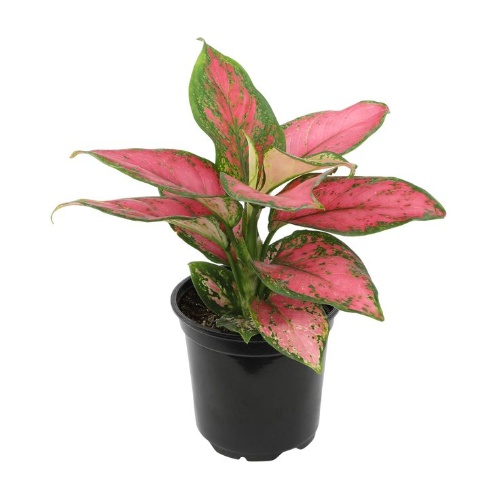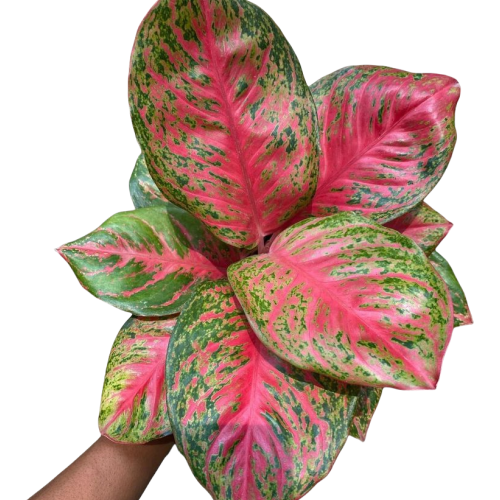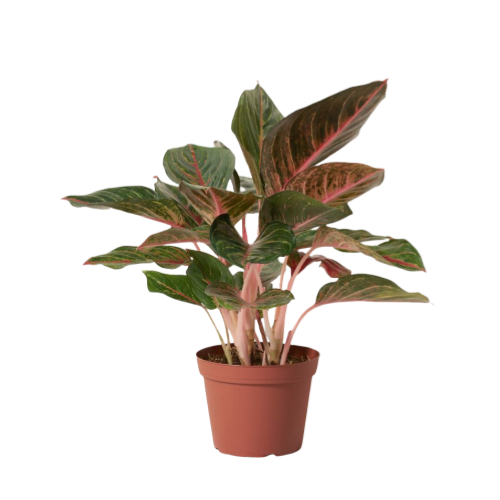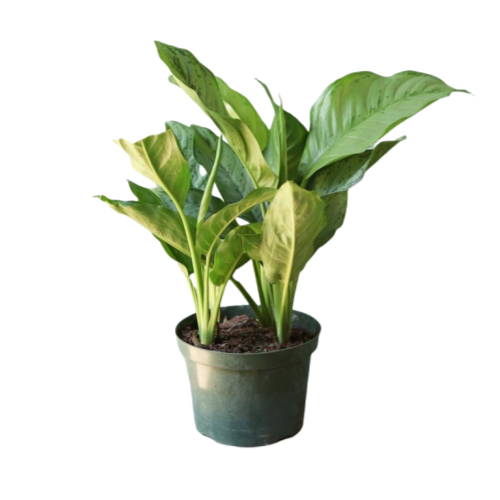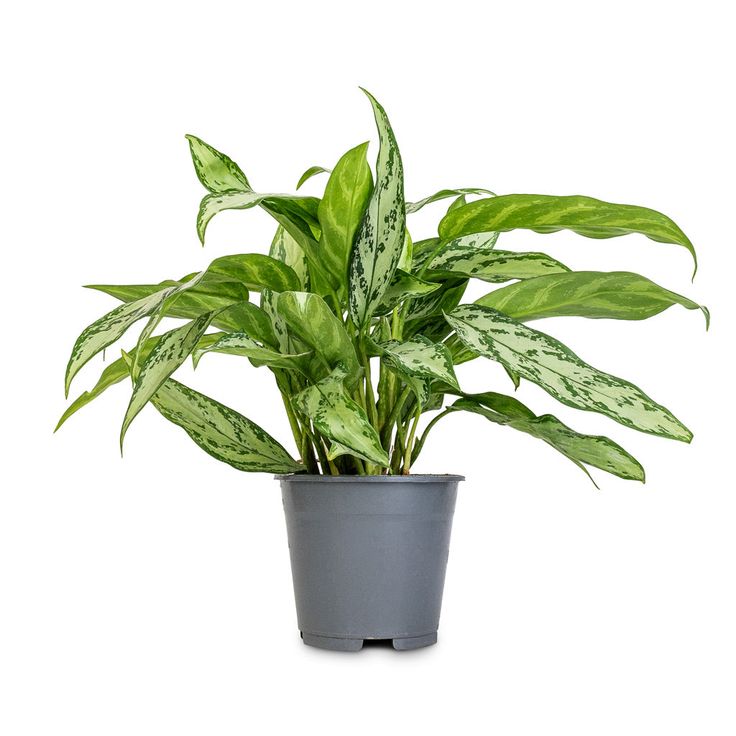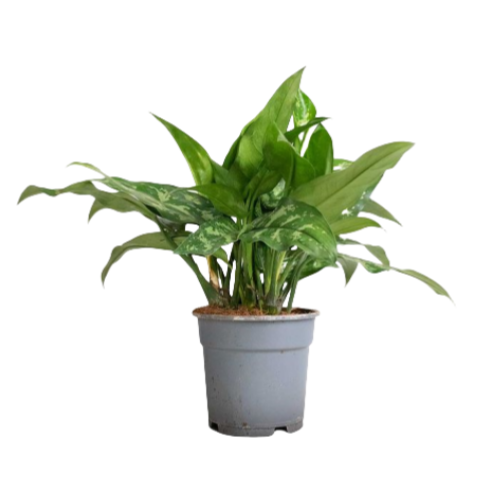Aglaonema Red Valentine
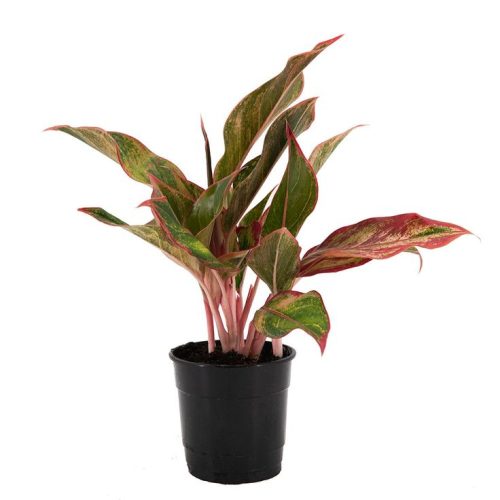
- Botanical Name: Aglaonema consutatum 'Red Valentine'
- Family Name: Araceae
- Ị ga: 1-2 Feet
- Okpomoku: 15°C~27°C
- Others: Tolerates shade and avoids direct sunlight.
Nlebazi anya
Nkọwa nke ngwaahịa
Red na-acha uhie uhie valentinent na-acha uhie uhie:
Aglaonema Red Valentine'ssion: The templical templical na-acha uhie uhie
Nkpọrọgwụ nke ahịhịa na-acha uhie uhie
Aglaonema Red Valentine, with its striking red leaves, is a popular indoor plant known scientifically as Aglaonema ‘Red Valentine’, belonging to the Araceae family, which includes many common indoor plants famous for their unique shapes and diverse leaf colors. Hailing from the tropical regions of Asia, particularly in Indonesia, the Philippines, and some islands in the South Pacific, this plant thrives in climates that mimic its origins. As a hybrid cultivar, Aglaonema Red Valentine A na-ejikarị bred na-egosi akwụkwọ na-acha ọbara ọbara na-atọ ụtọ, na-atọ ụtọ site na ụkpụrụ.
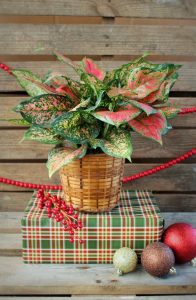
Aglaonema Red Valentine
Na-eme ihere, na-eme nke ọma na ndò
A bịa na àgwà uto ya, Aglaonema Red Valentine na-ahọrọ gburugburu ebe obibi na iru mmiri, na-edozi ya na mgbọrọgwụ ya na-ekpo ọkụ. Ọ nwere ike imeghari ntọala ime ụlọ ma na-ezere mgbanwe ọkụ dị oke ọkụ. Ọnụ ụzọ okpomọkụ dị n'etiti uto dị n'etiti 15 Celsius C na 27 Celsius C, na-eme ka ọ bụrụ nhọrọ zuru oke maka ịkụnye mpaghara dị iche iche. Osisi a nwere ezigbo nnabata maka ndo ma nwee ike itolite n'ọnọdụ dị ala kamakwa ọ na-eme ka ìhè na-enwu gbaa. Agbanyeghị, ọ na-eme ka ìhè anyanwụ kpọmkwem, nke nwere ike ibute ahịhịa ọkụ, karịchaa n'oge ọnwa anwụ.
Red Heative nke Elegide
Growing up to 2 to 3 feet tall, or about 60 to 90 centimeters, Aglaonema Red Valentine is a medium-sized indoor plant. Its large, glossy leaves boast a range of colors from deep red to pink, depending on light conditions and the plant’s health. Overall, with its distinctive red leaves and tropical charm, Aglaonema Red Valentine has become a hot pick for indoor decoration. Its growth habits and adaptability make it an attractive and easy-to-care-for indoor plant.
The Red Valentine’s Colorful Charm: A Glimpse into the Heart of Aglaonema
Mara mma nke eze nwanyị
Aglaonema Red Valentine, scientifically known as Aglaonema commutatum ‘Red Valentine’, belongs to the Araceae family. This plant is renowned for its distinctive red foliage, with heart-shaped leaves that display a vibrant tapestry of colors, featuring a pink center and emerald green edges, creating a natural artwork that is truly captivating. Its leaves are elongated and colorful, with large areas and a plant height of about 30-40 centimeters. The stem is upright, and the leaf color is festive, maintaining a red-hot appearance throughout all four seasons, symbolizing good fortune and happiness.
Ihe omimi nke agba
The variation in leaf color is primarily related to the biosynthesis of anthocyanins. Transcriptome analysis reveals the biosynthetic genes and transcription factors associated with anthocyanin biosynthesis in the leaves of Aglaonema commutatum ‘Red Valentine’. At all three developmental stages, the transcripts per million (TPM) values of ‘Red Valentine’ are significantly higher than those of the green mutant, consistent with the high anthocyanin content in the leaves of ‘Red Valentine’. Anthocyanins are the main plant pigments that give plants their red, purple, or blue colors.
In the ‘Red Valentine’ variety, we find that anthocyanins accumulate mainly in the mesophyll tissue, while chlorophyll is present in both the spongy tissue and the mesophyll. Additionally, plant hormones such as ABA and Jasmonates (JAs) can induce anthocyanin accumulation by regulating anthocyanin-related genes. Therefore, factors such as light, temperature, water, and plant hormones can all influence the content of anthocyanins in the leaves of Aglaonema Red Valentine, thereby affecting the variation in leaf color.
Aglaonema na-acha uhie uhie valentine: vasatil mara mma maka oghere dị iche iche
Aglaonema Red Valentine, with its vibrant red foliage, is a versatile plant that enhances various settings from home interiors to commercial spaces. It brings a tropical elegance to living rooms and offices, boosting energy and creativity, while its low-maintenance nature appeals to busy homeowners and office workers. Thriving in low light, it’s ideal for spaces lacking direct sunlight.
Na ụlọ ahịa dị ka Hotels na ụlọ oriri na ọ restaurantslọ nri, na-eme ka ikuku na-ekpo ọkụ, na ebe ndị mmadụ na-eme ka mgbapụ na-acha akwụkwọ ndụ, na-ebelata nrụgide ma kwalite ajọ nrụgide. Ndozi ya na ịma mma na-eme ka ọ bụrụ nhọrọ ama ama maka ma ebe obibi na ngwa azụmahịa.





